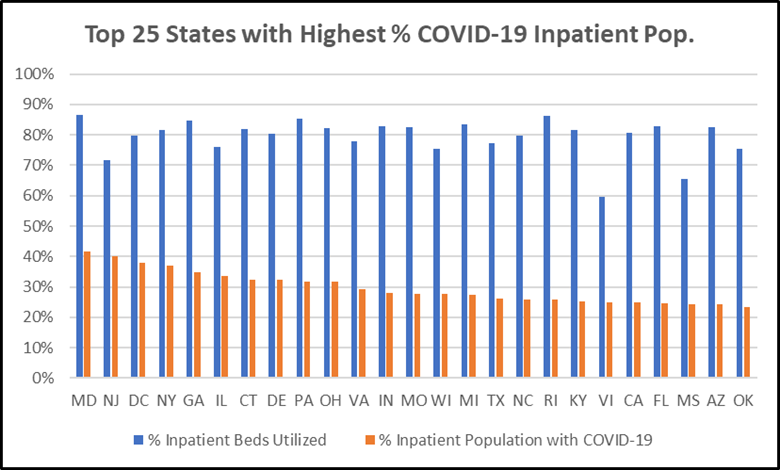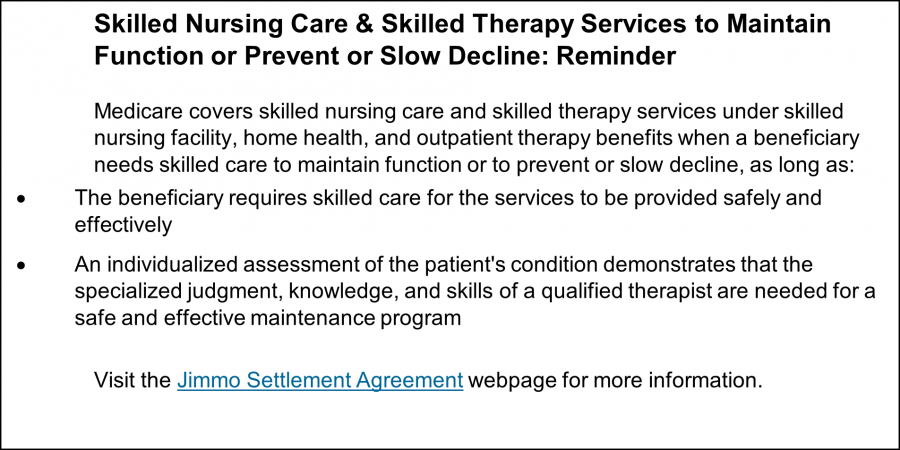How Much Does it
Cost to Build a Website for a Small Business?
We’re not going to bury
the lede here: it can cost under $1K to build a website, or it can cost
over $20K. That’s a sizable price range, and the
cost you’ll end up paying depends on the size of your site, the
features you want or need, the complexity of your needs, and whether
you DIY it or hire a professional web design team.
Factors That
Determine Website Cost
Let’s dig into the
reasons for the large range of prices for website design. Here are the
factors at play:
Domain Name
If you are lucky,
you’ll type your business name into GoDaddy or Namecheap, add “.com” to
the end, and purchase your domain name for a few bucks. Easy!
Unfortunately, good
domain names are getting harder and harder to come by. Sometimes it’s
simply because someone else shares your business name. Other times,
some squatters snatch up promising domains and lie in wait until
someone like you needs one—and then they expect you to pay through the
nose for it.
If this happens to you,
you’ll have a few potential options:
- You
could use a different top-level domain. While your options were
once .com, .net, or .org, today there are top-level domains (TLDs)
for just about everything: .guitars! .biz! .bike! .ooo! The upside
of this is that you can (probably) use your business name in the
domain without any alterations, but the downsides are that people
are less likely to remember your domain and that search engines
favor traditional TLDs over these newer ones.
- You
could tweak how you write your business name. Add a hyphen, put
“the” in front of your business name, add your location after your
name—there are some small changes you can make that could give you
the ability to get that coveted .com even if your first choice is
taken.
- You
could pay up. It might be hundreds or even thousands of dollars to
get the domain you want, but it can be worth it. Most people will
type in yourbusinessname.com when looking for your website. If you
have to explain that there’s a hyphen in there, or that it’s theyourname.com, or that it’s actually
yourname.inc instead of .com, you’re going to kick yourself for
not getting the domain you wanted.
Website Hosting
A lot of small
businesses simply go with the cheapest host they can find—or the one
they know from advertising. This works out just fine for many business
owners!
Still, there are
reasons to invest in a better hosting service. Inexpensive hosts tend
to have poorer performance and lackluster customer service. (You know
what they say: you get what you pay for.) Most of the time, people have
no problems with their hosting until they do, and then they
want to pull their hair out trying to get the answers they need.
Setting aside the
different hosting providers, you have a few different hosting options
to consider:
- Shared
hosting is the least expensive option because you’ll be sharing a
server with other websites. This is the best choice for a small
website that doesn’t require a lot of resources.
- A
virtual private server, or VPS, is an upgrade from shared hosting;
you’ll still be sharing a server, but you’ll have dedicated space
on it.
- Dedicated
hosting, or your very own server. These are typically only needed
for very high-traffic websites.
- Managed
hosting, is a hosting option that has the host take care of your
hardware, software, updates, and maintenance. We recommend this
for small businesses that want to be more hands-off with the
backend of their websites and would rather have their host resolve
any unexpected problems that come up.
We generally recommend
managed hosting for businesses that are looking to rely on their
website for leads or sales. It’s more reliable than shared hosting, but
not as expensive as dedicated hosting.
SSL Certificate
SSL certificates have
gone from being an option to a must. Short for secure
sockets layer, SSL certificates protect sensitive data from your users.
If you don’t have an SSL certificate, most browsers will issue a
warning to users steering them away from your website. (Not having an
SSL certificate isn’t good for your SEO either!)
Some hosting companies
include SSL certificates as part of their hosting packages (most good
managed hosting companies include a free SSL certificate), but in other
cases, you may need to purchase one. The average cost is around $60 per
year.
Design
Everything we’ve
discussed up until this point is small potatoes compared to design.
This is what will make or break your budget. It’s also what can make or
break your business.
Poor design can leave
visitors feeling skeptical about your business and can even impact your
search rankings. In contrast, a well-designed website can help you soar
above the competition, make Google rank you at the top of the SERPs,
and convert visitors into customers.
For most small
businesses, coming in somewhere in the middle of the road is best. You don’t
want to go with the lowest cost option, which will probably involve
outsourcing all the work overseas and fitting your website into some
premade theme with a poorly done logo, but you also don’t need to pay a
fortune for the developer who custom codes everything and works with a
graphic designer who draws your logo by hand.
At a minimum, you’ll
need your designer to create a homepage, templates for your product or
service pages, and a contact page. From here, you may want to add more
pages and options and naturally, your costs will go up, too. Remember
that you can always add more later, so there’s no need to get in over
your head—take care of the basics first, then add more as your budget
allows.
Number of Pages
Related to the previous
point, the number of pages will impact your costs as well. An
e-commerce website that needs 200 pages will cost more than a site for
an accountant who simply needs 4 different service pages.
If, as mentioned above,
you have a template built for your product and service pages rather
than having them all built out by your developer, you can save yourself
a lot of money.
Functionality
If you’re building your
website on WordPress, you can add a lot of functionalities by using
simple, free plugins. If you’re not on WordPress, or you want to do
something that doesn’t have a free plugin (or that requires several
different plugins working together), it will add to the cost of your
website—and sometimes significantly. Things like subscriptions, secure
online payments, or digital product sales all require more of an
investment.
Content Management
System
The most common content
management system (CMS) for small businesses is WordPress. This is
great news for you because WordPress is free. (Hooray!) But unless you
use a free WordPress theme, or template, you’ll need to pay a licensing
fee for it. And if you don’t use WordPress, or if you use a custom CMS,
you can expect to pay a lot more.
DIY vs.
Professional Web Design
You’ve heard the ads on
your favorite podcast—it’s easy to create a small business
website with [insert name of trendy website builder]. If
your favorite wacky podcast host built his
website without any help, surely you can too, right? Ads never
exaggerate or lie, right?
Here’s where we’re
going to surprise you: you can definitely build a nice-looking website
without professional help. (Can you believe we’re telling you this? We
sell website design services!) And these options can be easy if you
have some baseline knowledge about how the internet works.
That said, DIY is a
smaller financial investment, but it is a bigger time investment—time
spent learning, building, and maintaining your website. If you have
more money than time, then it makes sense to hire a professional web
designer. If you’re short on both, then read on to help you make a
decision.
|


